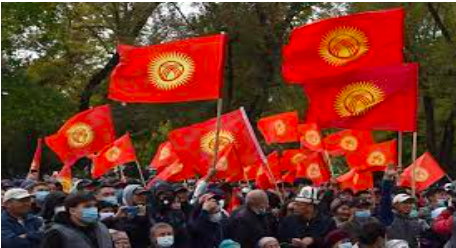Suvarnabhumi
Posted on : June 2, 2019Author : AGA Admin

It is a toponym that recurs time and again in ancient literary and Buddhist texts like Mahavamsa, Miinda Panha, Jataka-katha and Ramayana. Etymologically meaning “the land of gold”, ancient historical sources identify it with one of the many places of the South East Asian region. Ancient Greek sources like Ptolemy’s Geography or The Periplus of the Erythraean Sea identify Suvarnabhumi with the Greco-Roman Land of Gold or Chryse and the Periplus describes it as “an island in the ocean, the furthest extremity towards the east of the inhabited world, lying under the rising sun itself, called Chryse…” It conceived that beyond this country lay the great inland city of Thina. Ptolemy’s Geography understands the city of Thina as the capital city of the country on the eastern shores of the Magnus Sinus (Gulf of Thailand). A tangible approximation of Suvarnabhumi comes through Ptolemy’s Geography which actually pinpointed Malaysian Peninsula in South East Asia as Chersonesus Aurea i.e literally ‘Golden peninsula’. There is however no unanimity on this. According to another discursive tradition, Suvarnadvipa (the Golden Island or Peninsula, where dvipa may refer to either a peninsula or an island) may correspond to the Indonesian Archipelago, especially Sumatra. An eighth century Indian text known as the "Samaraiccakaha" incidentally describes a sea voyage to Suvarnadvipa and the making of bricks from the gold rich sands. This pointed to the direction of western part of insular Southeast Asia, especially Sumatra, Malay Peninsula, Borneo and Java. Benefitting from its strategic location on the narrow Strait of Malacca, the insular theory argued that other than actually producing gold, it might also be based on such a kingdom's potential for power and wealth (hence, "Land of Gold"). Rudimentary descriptions of Chinese pilgrims to India also identify the region as a hub for sea-trade thus describing ‘land of gold’ in a more nuanced manner as a yardstick for prosperity. In Burma, both the ethnic Burmans and the Mons claim that Suwannabhumi/Suvarnabhumi was the Thaton Kingdom located on the Tenasserim coastal area centered on Thaton. This belief may stem from two references in the fourth century Sri Lankan history –"Mahavamsa" and Dîpavamsa which narrate the story of the Ashoka missionaries who apparently visited the land. Such contrary territorial claims have made it difficult to ascertain the location of Suvarnabhumi/Suvarnadwipa accurately though almost all ancient sources and contemporary historians are unanimous in tracing it to modern South East Asia.




